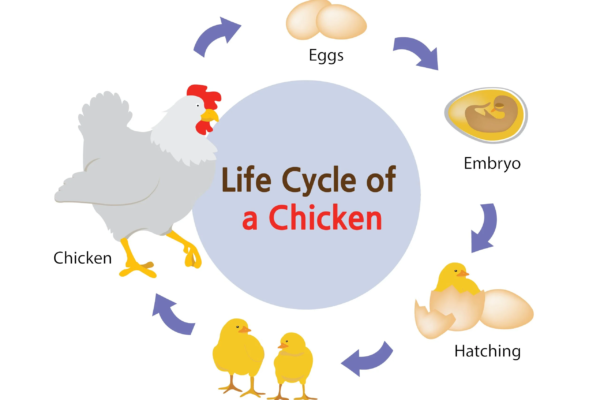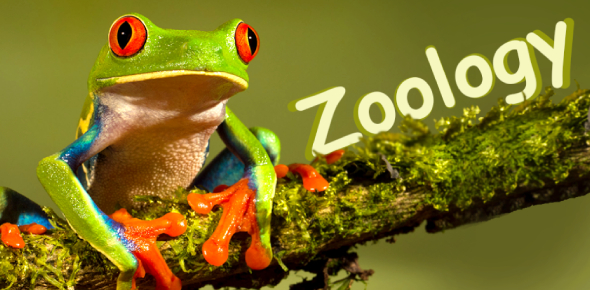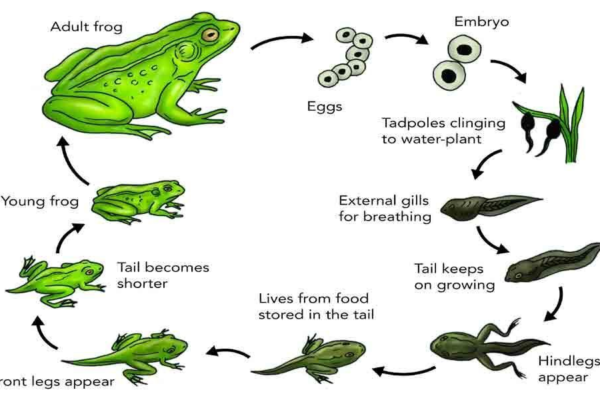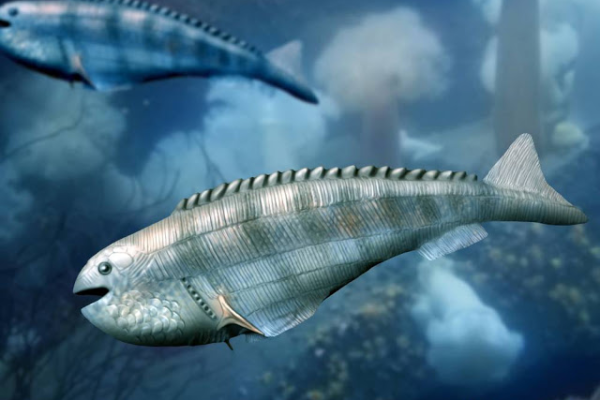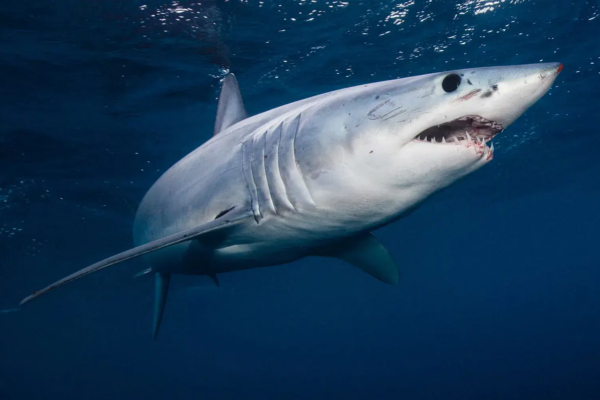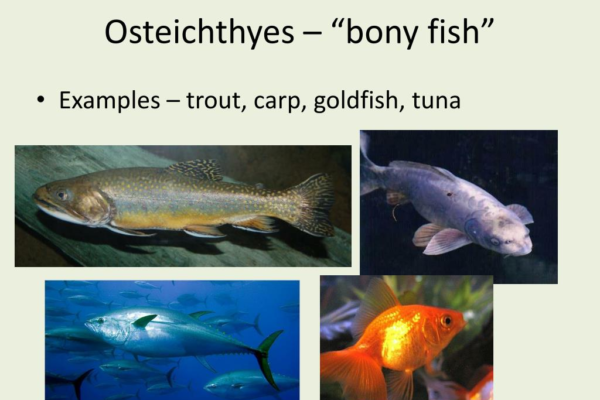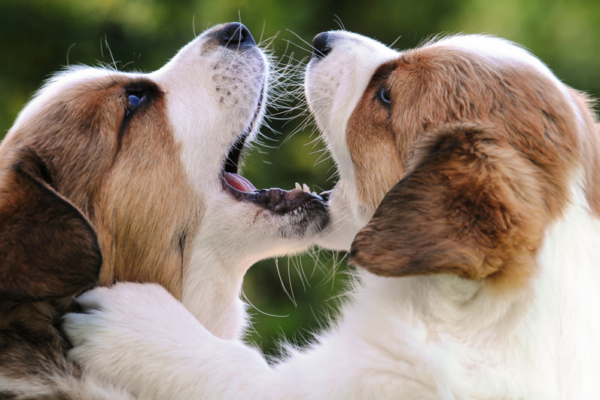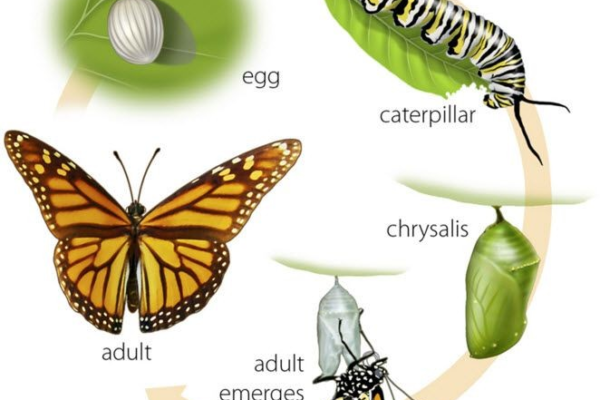
Life cycle of Butterfly:
The life cycle of a butterfly is a fascinating process that consists of four main stages: egg, larva (caterpillar), pupa (chrysalis), and adult. This transformation is called complete metamorphosis. The entire life cycle of a butterfly can vary greatly depending on the species, environmental conditions, and other factors. Some butterflies complete their life cycle within…






